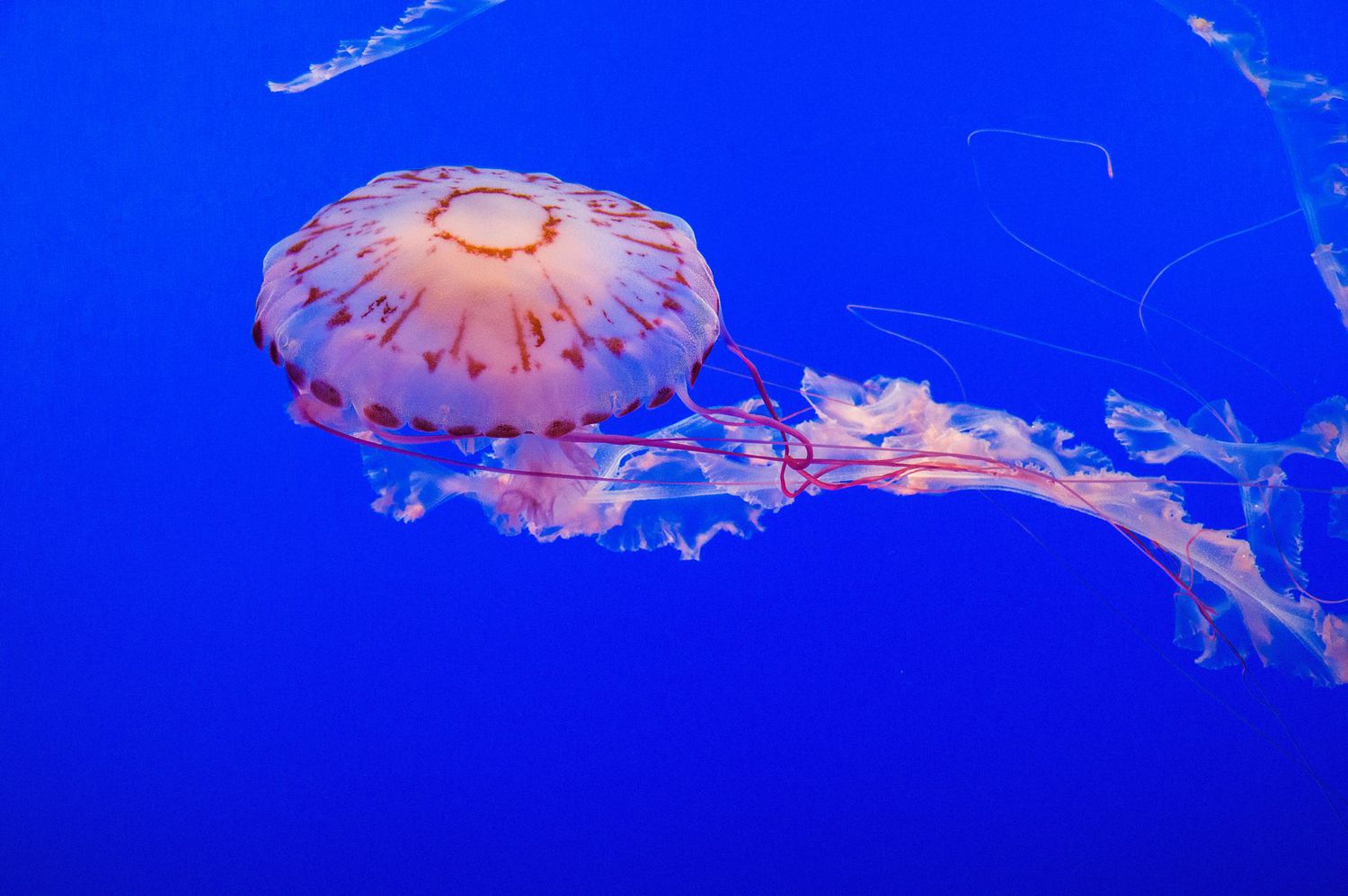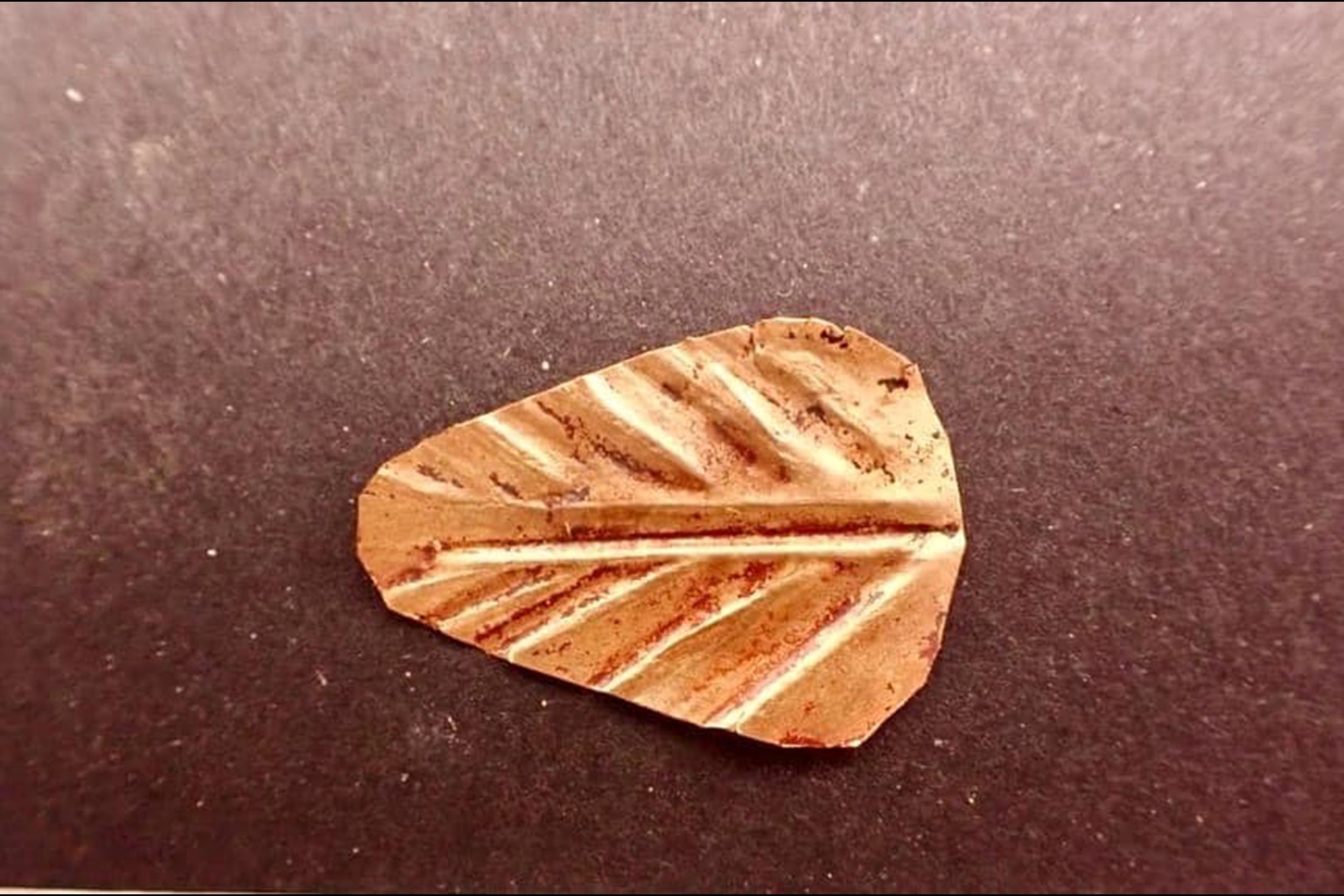
Cnidarians, with their fascinating array of shapes, colors, and unique biological characteristics, are one of the most intriguing groups of animals in the natural world. From the small and delicate jellyfish to the towering and majestic coral reefs, cnidarians can be found in various marine habitats worldwide. These remarkable creatures have captivated scientists and nature enthusiasts for centuries, thanks to their specialized stinging cells called cnidocytes, which they use for defense and capturing prey.
In this article, we will dive deeper into the world of cnidarians and discover 15 cool facts that will leave you in awe of these mysterious creatures. From their intricate life cycles to their symbiotic relationships with other marine organisms, cnidarians have a story to tell that goes beyond their mesmerizing beauty. So, get ready to explore the incredible world of cnidarians and unravel the secrets they hold beneath the surface of the ocean.
Key Takeaways:
- Cnidarians, like jellyfish and corals, have been around for over 500 million years and play a crucial role in marine ecosystems as food sources and reef builders.
- With their stinging cells, ability to regenerate, and symbiotic relationships with algae, cnidarians are fascinating ancient creatures found in both marine and freshwater environments.
Cnidarians are ancient creatures.
Cnidarians have been around for over 500 million years, making them one of the oldest groups of animals on Earth.
They come in a variety of forms.
Cnidarians can be found in various shapes and sizes, ranging from jellyfish and coral to sea anemones and hydroids.
They have stinging cells called cnidocytes.
Cnidarians possess specialized cells called cnidocytes, which contain nematocysts that allow them to capture prey or defend themselves.
Some cnidarians have both the polyp and medusa stage.
Certain cnidarian species exhibit a life cycle that includes a sedentary polyp stage and a free-swimming medusa stage.
Coral reefs are built by cnidarians.
Certain types of cnidarians, such as reef-building corals, play a vital role in constructing and maintaining coral reefs, one of the most diverse ecosystems on the planet.
Cnidarians exhibit radial symmetry.
Cnidarians typically have body structures that are symmetrical around a central axis, allowing them to capture prey easily from any direction.
They have a nerve net instead of a centralized nervous system.
Cnidarians lack a centralized brain but possess a network of interconnected nerves called a nerve net, allowing them to detect and respond to their surroundings.
Jellyfish are cnidarians.
Jellyfish, also known as medusas, are a type of cnidarian characterized by their gelatinous bodies and long trailing tentacles.
Cnidarians can reproduce both sexually and asexually.
Cnidarians exhibit various modes of reproduction, including sexual reproduction through the release of eggs and sperm, as well as asexual reproduction through budding and fragmentation.
They play a vital role in marine ecosystems.
Cnidarians serve as a food source for many marine organisms and contribute to the overall health and balance of marine ecosystems.
Cnidarians have a simple digestive system.
These creatures have a single opening that serves as both their mouth and anus, allowing for the intake of food and the elimination of waste.
Some cnidarians exhibit bioluminescence.
Certain species of cnidarians, such as bioluminescent jellyfish, have the ability to produce and emit light, creating a mesmerizing natural spectacle.
They can regenerate lost body parts.
Cnidarians have the remarkable ability to regenerate damaged or lost body parts, including tentacles and even whole individuals in some cases.
Cnidarians have a symbiotic relationship with algae.
Many cnidarians, such as corals, form a mutually beneficial partnership with photosynthetic algae called zooxanthellae, which provide them with nutrients through photosynthesis.
They are found in both marine and freshwater environments.
Cnidarians can be found in a variety of aquatic habitats, from the depths of the oceans to freshwater rivers and lakes.
Conclusion
In conclusion, cnidarians are a fascinating group of animals that have captivated scientists and nature enthusiasts alike. With their incredible diversity, unique adaptations, and important ecological roles, cnidarians play a crucial role in maintaining the balance and health of marine ecosystems. From their mesmerizing stinging cells to their intricate life cycles, it’s clear that these animals are truly remarkable.
Whether you’re marveling at the beauty of a vibrant coral reef or exploring the depths of the ocean to uncover hidden jellyfish species, cnidarians continue to amaze us with their incredible abilities and intriguing behaviors. So the next time you encounter a jellyfish or admire the colorful array of corals, take a moment to appreciate the 15 cool facts about cnidarians and the wonders that these unique creatures bring to our world.
FAQs
1. What are some common examples of cnidarians?
Some common examples of cnidarians include jellyfish, corals, sea anemones, and hydras.
2. How do cnidarians capture their prey?
Cnidarians have specialized cells called cnidocytes that contain stinging structures called nematocysts. These stinging cells help them capture and immobilize their prey.
3. Are all cnidarians marine animals?
Most cnidarians are indeed marine animals, but some species, like freshwater jellyfish, can be found in non-marine environments.
4. Do all cnidarians have symbiotic relationships with other organisms?
No, not all cnidarians have symbiotic relationships. However, many corals have a symbiotic relationship with photosynthetic algae called zooxanthellae, which provide them with nutrients.
5. Can cnidarians regenerate body parts?
Yes, many cnidarians have the ability to regenerate body parts. This remarkable ability to regrow lost tissue makes them unique among other animal groups.
6. Are all cnidarians harmful to humans?
No, while some cnidarians, like certain species of jellyfish, can deliver painful stings to humans, the majority of cnidarians do not pose a threat and are harmless to humans.
7. What is the largest species of cnidarian?
The lion’s mane jellyfish (Cyanea capillata) holds the title for being the largest known species of cnidarian. Its tentacles alone can reach lengths of over 100 feet.
8. How long have cnidarians been present on Earth?
Cnidarians have a long evolutionary history and are believed to have originated around 580 million years ago, making them one of the oldest animal groups on Earth.
9. Are cnidarians important for the environment?
Yes, cnidarians play a vital role in marine ecosystems. Coral reefs, for example, provide habitats for numerous species and contribute to the overall health and biodiversity of the oceans.
10. Can cnidarians move?
While some cnidarians, like corals and sea anemones, are mostly immobile, others, like jellyfish, have the ability to move by pulsating their bell-shaped bodies or by using their tentacles.
Cnidarians are truly remarkable creatures, from their ancient origins to their diverse adaptations. If you found these facts intriguing, why not explore the world of zoanthids? These colorful marine animals, closely related to corals and anemones, have their own set of fascinating characteristics. Discover the unique ways zoanthids interact with their environment and learn about their role in creating vibrant underwater landscapes. Dive into the captivating world of these small but mighty creatures and uncover the secrets they hold.
Was this page helpful?
Our commitment to delivering trustworthy and engaging content is at the heart of what we do. Each fact on our site is contributed by real users like you, bringing a wealth of diverse insights and information. To ensure the highest standards of accuracy and reliability, our dedicated editors meticulously review each submission. This process guarantees that the facts we share are not only fascinating but also credible. Trust in our commitment to quality and authenticity as you explore and learn with us.


